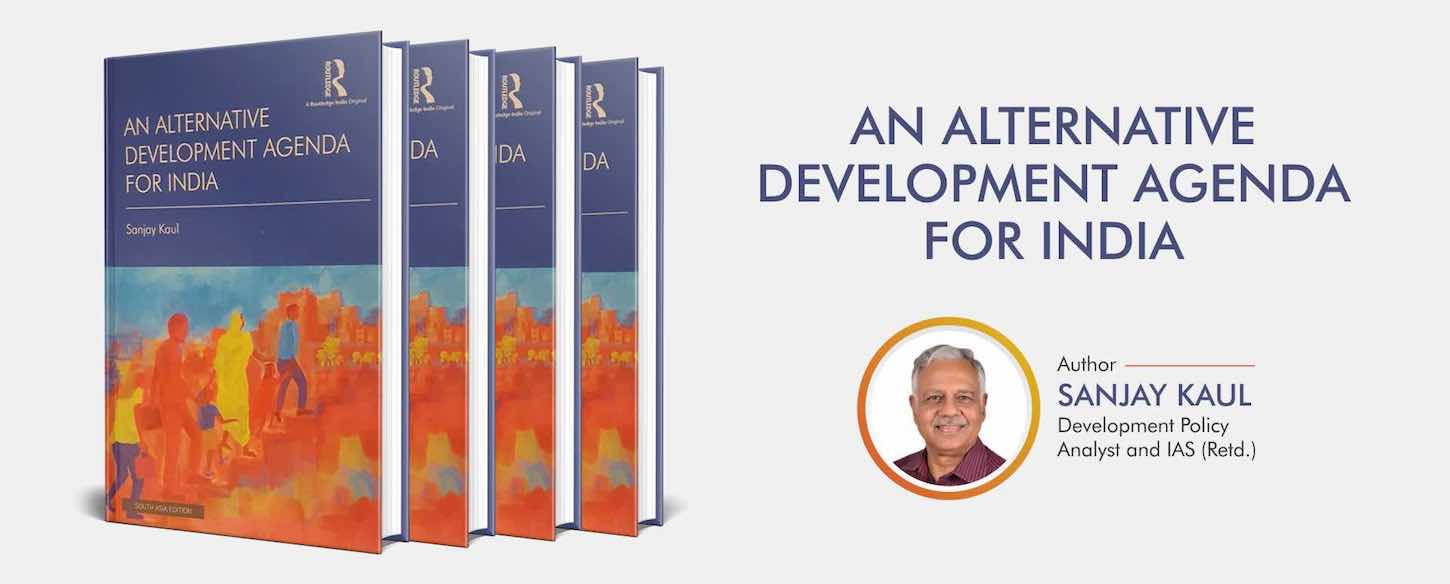
Sanjay Kaul establishes the foundation of this book by reiterating the concept of domestic social contract proposed, proposed by French philosopher – J. J. Rousseau in 1762. Without using the term and explicitly referring to Rousseau, Kaul asserts that the mantle to ensure that the nation runs in accordance with the rights provided by the constitution is bestowed upon the state to promote fraternity.
Indian Constitution ensures that citizens are provided with social, economic, and political justice, while also receiving equality of their status and opportunity along with liberty of thought, expression, belief, faith, and worship.
To allow the reader to understand poverty and the segment of the population towards which policies should be geared, Kaul introduces us to a hypothetical rural family.
Birsa Oraon is introduced as a 32-year-old tribal living in rural Jharkhand, married to Rasika with 3 children. The story continues to detailed Birsa’s reliance on debt due to government policies which have not reached him. It also sheds light on his children skipping their education, not getting vaccinations done, and the lack of nutrition as well as food security in their household. Kaul uses Birsa’s story to highlight the struggles of the poor and continues to use empirical evidence that the poor do not follow a ‘rational’ behaviour. He identifies the supply and demand of the market is not dynamically adopted by government programmes and policies.
The readers are made aware of the concepts of ‘scarcity’ and ‘bandwidth’. Bandwidth is described by Kaul as the challenge of distilling information and making the right choice. Since individuals, like Birsa and Rasika, are stuck in poverty and struggling with hunger, debt, and work uncertainties; they find no time to think and deal with anything else, hence the vaccination of their one-year-old gets sacrificed. The two are focused on mere survival. Using recommendations by Nobel laureates Banerjee and Duflo and evidence on strategies that work, Kaul forms the basis for the policy judgement that he will further make.
Kaul’s first suggestion to make policy changes is regarding the loosely defined term of ‘poor’. It is easily observable that multiple government schemes have various criteria which identify eligible poor households for coverage under their schemes. Kaul creates a strict cut-off, which will only include the bottom 30% of the population for all social protection, poverty, and welfare programs.
He then continues to use both empirical and statistical evidence to showcase that a focus on only economic development is not the right way of making policies. Due to the economic onslaught of the Covid-19 pandemic as well as the uninterrupted Russia-Ukraine war, there is a large need for policymakers to shift from their belief that economic growth automatically brings population-wide distribution of benefits and opportunities. Kaul suggests a ‘People first’ agenda which entails a double-barrelled approach that will tackle both well-being and livelihood.
Kaul’s alternative public policy follows a holistic strategy which targets 7 intertwined areas. Health, nutrition and food security, school education, young children, livelihoods, gender, and urban issues. Kaul states that the policies in these areas of concern possibly require a reformulation. The author reiterates that until and unless current government programmes are re-designed and re-engineered putting the perspective of the people first, would it only then be effective to inducing change. Finally, Kaul concludes by giving a deep dive into the politics behind the implementation of policies. To reel readers back in, Kaul gives us a taste of the upcoming chapter-wise policy recommendations that he has to make.
